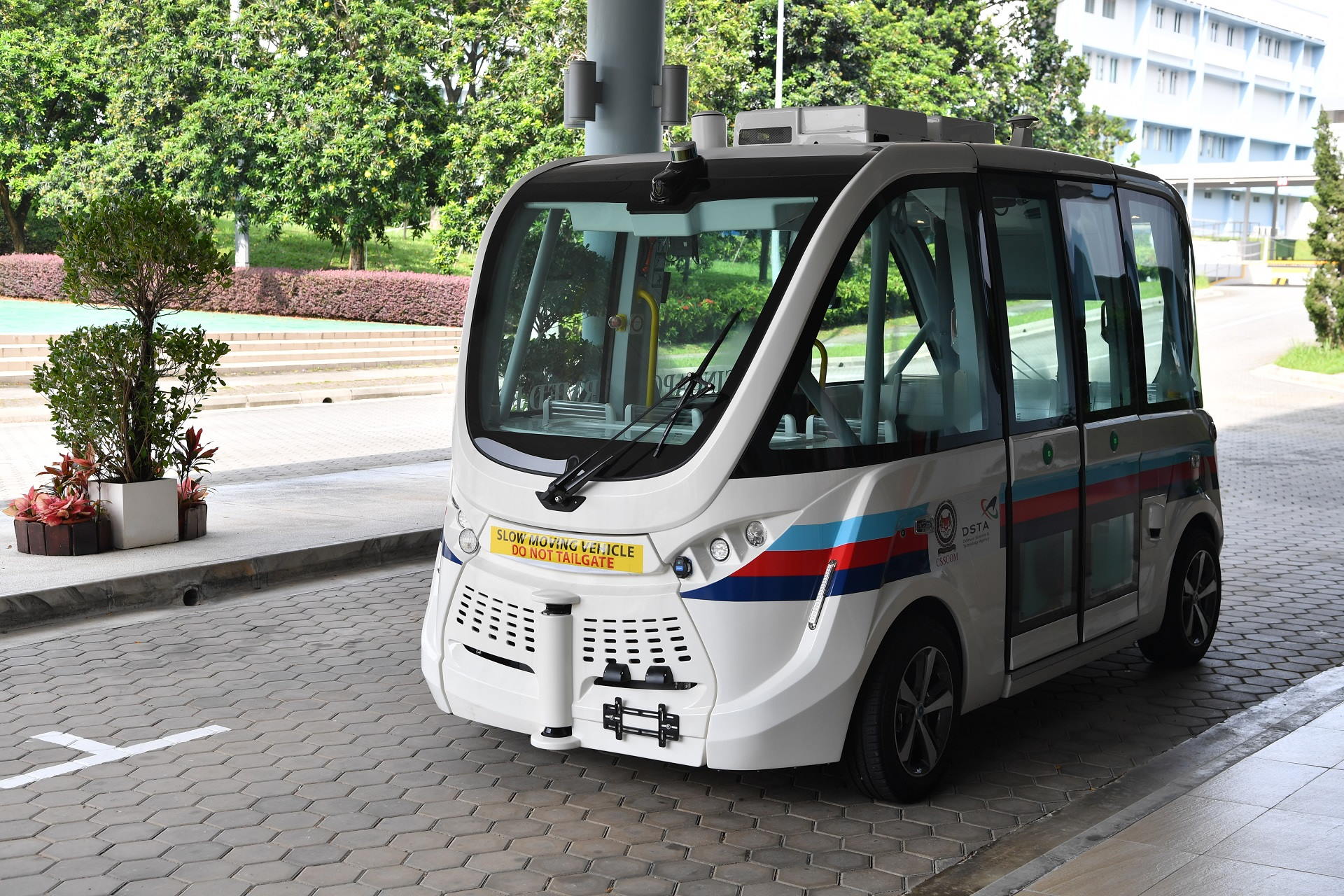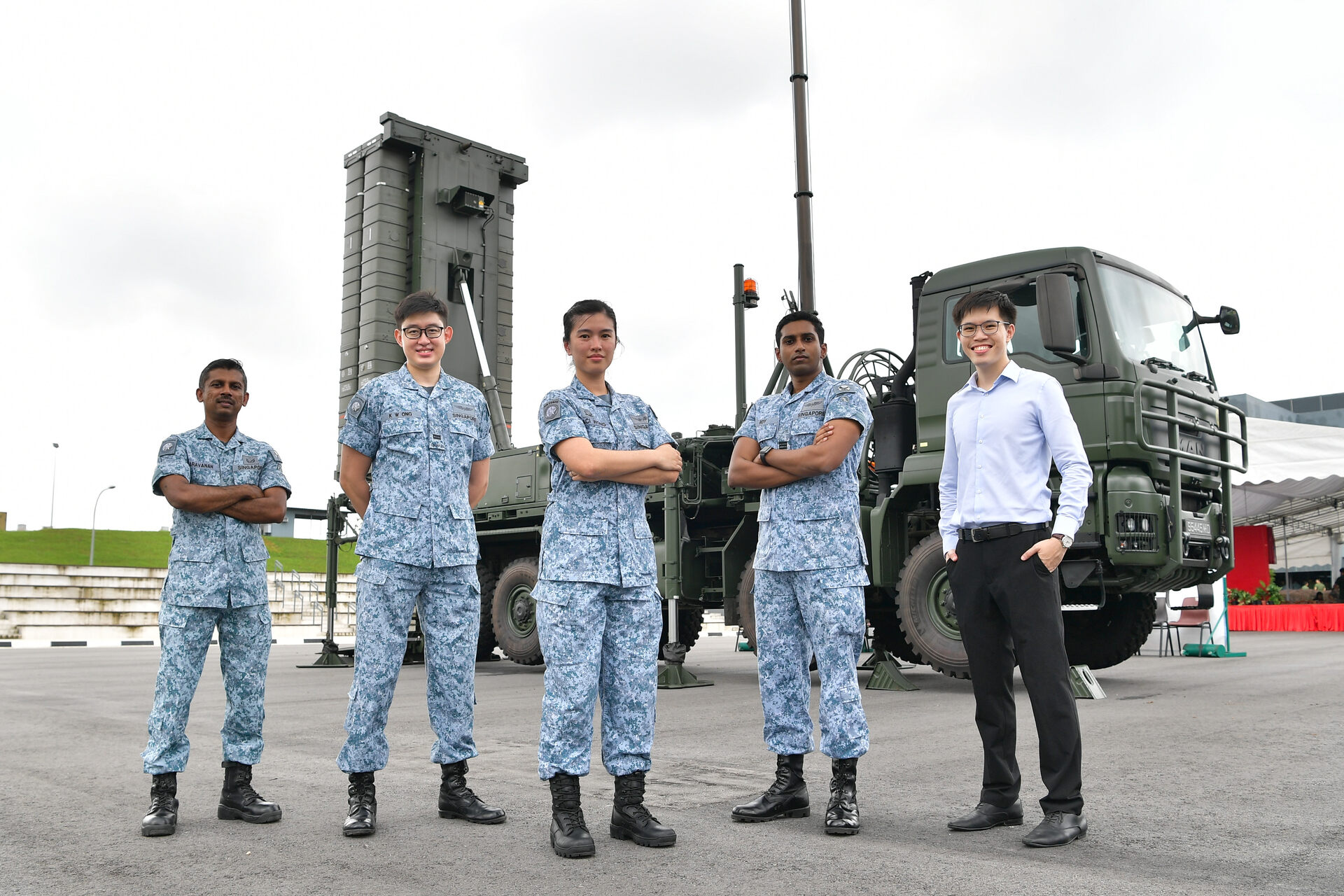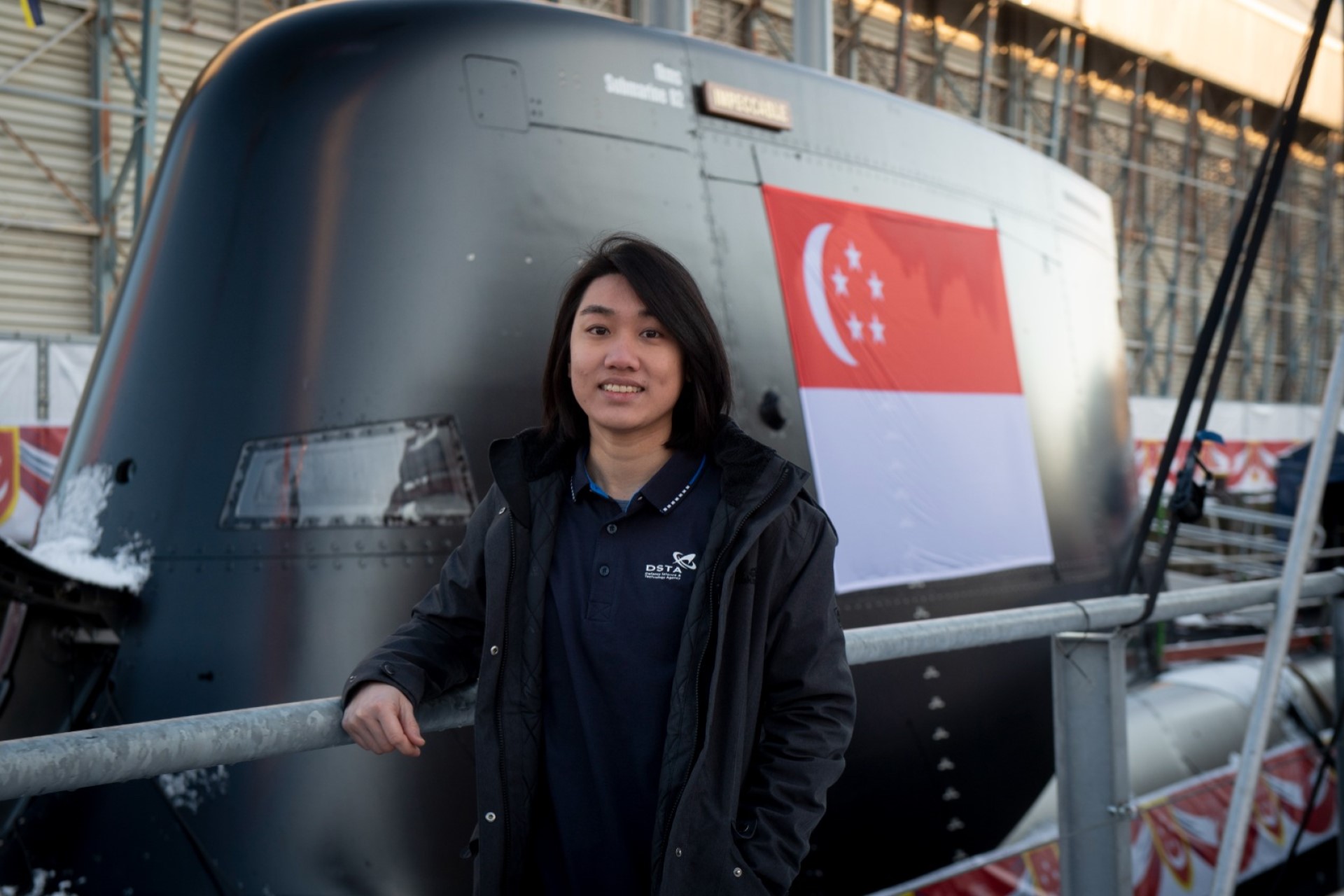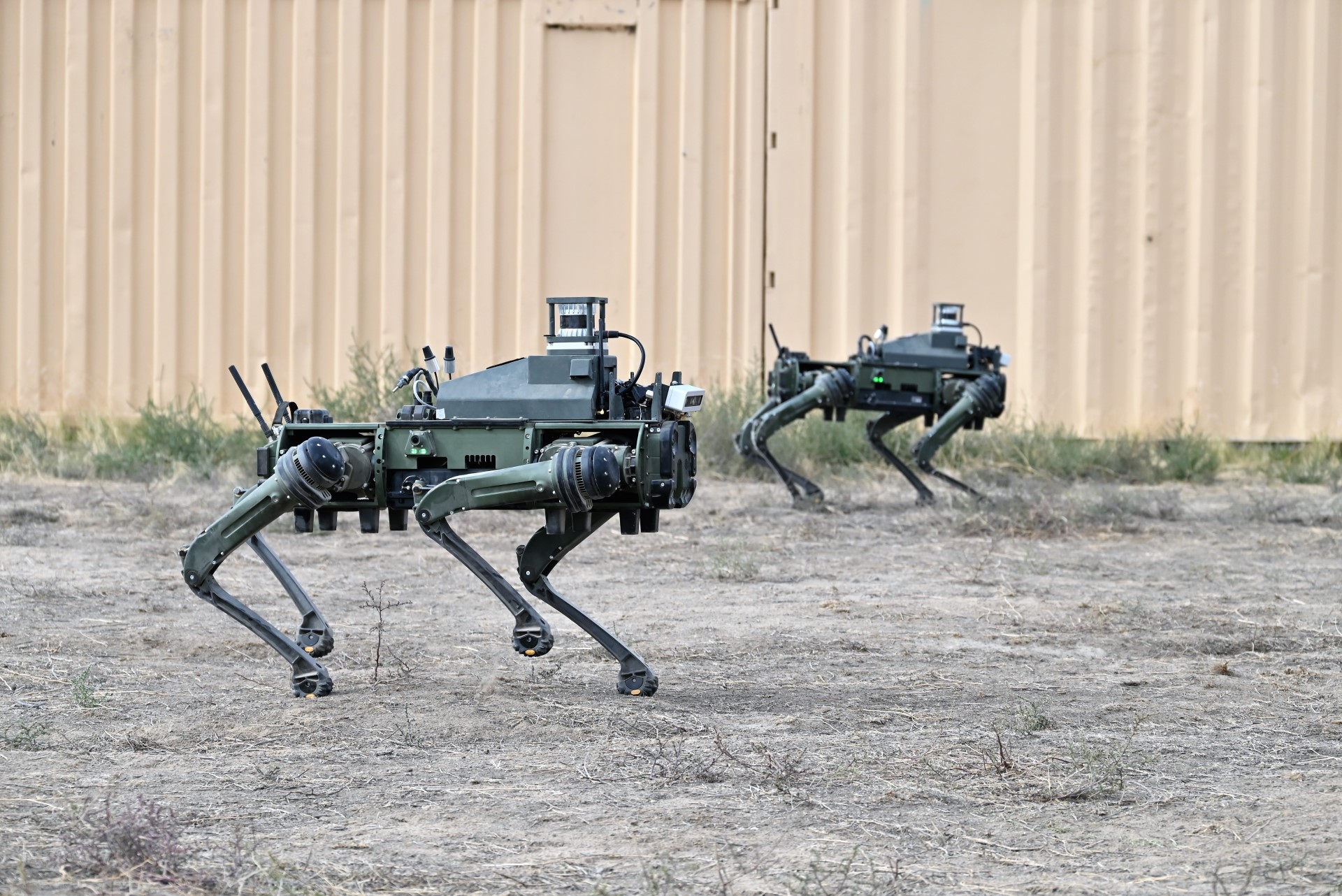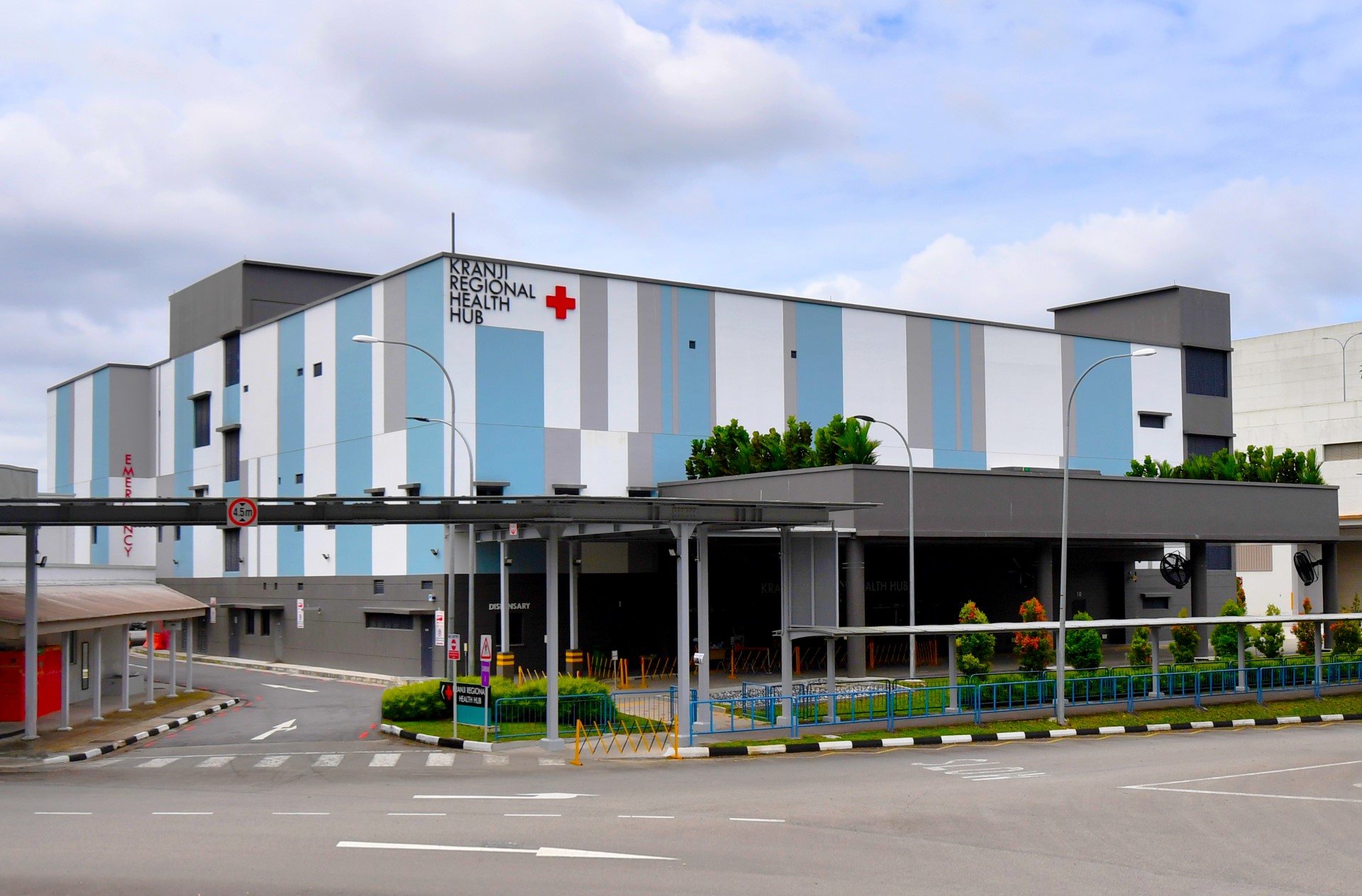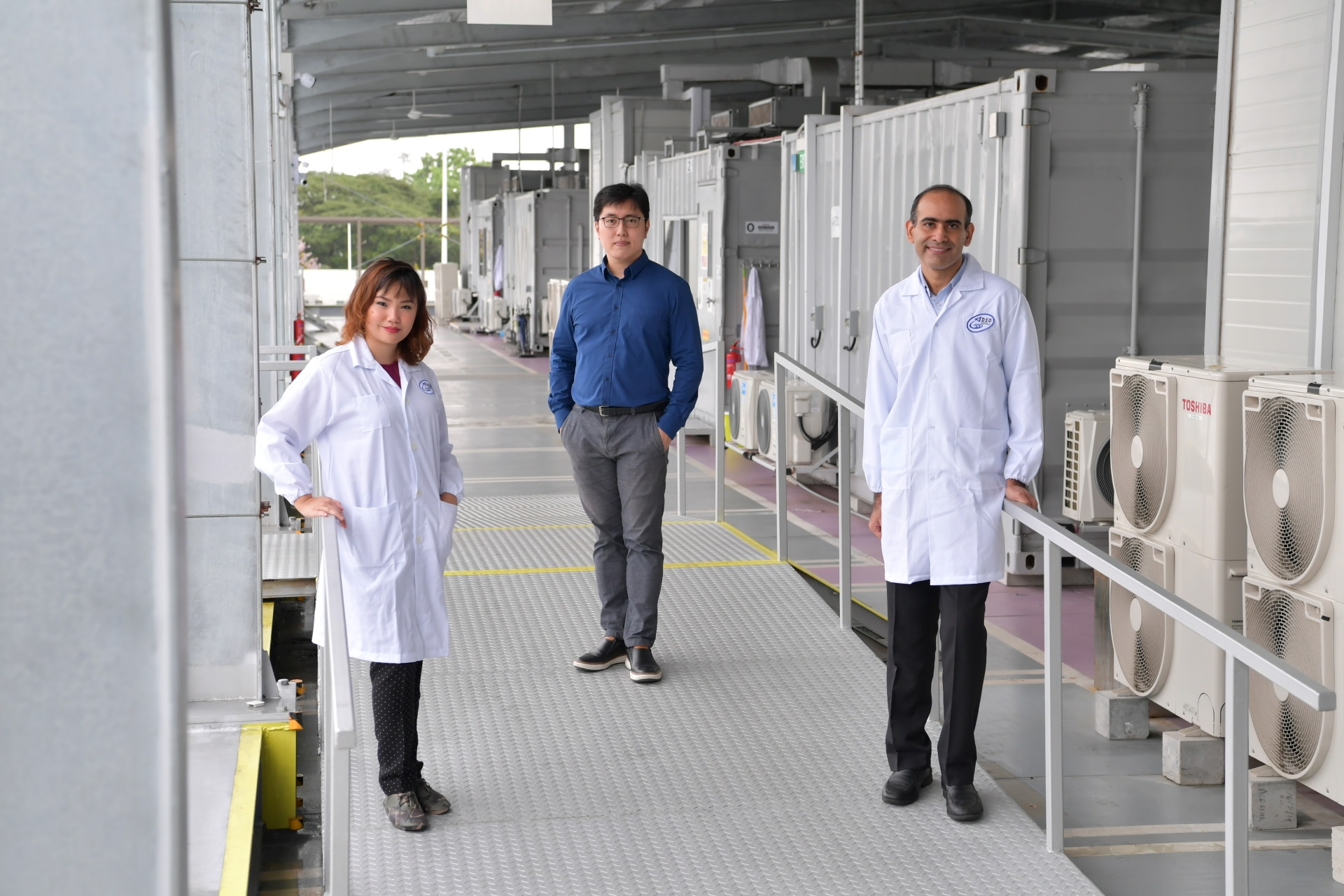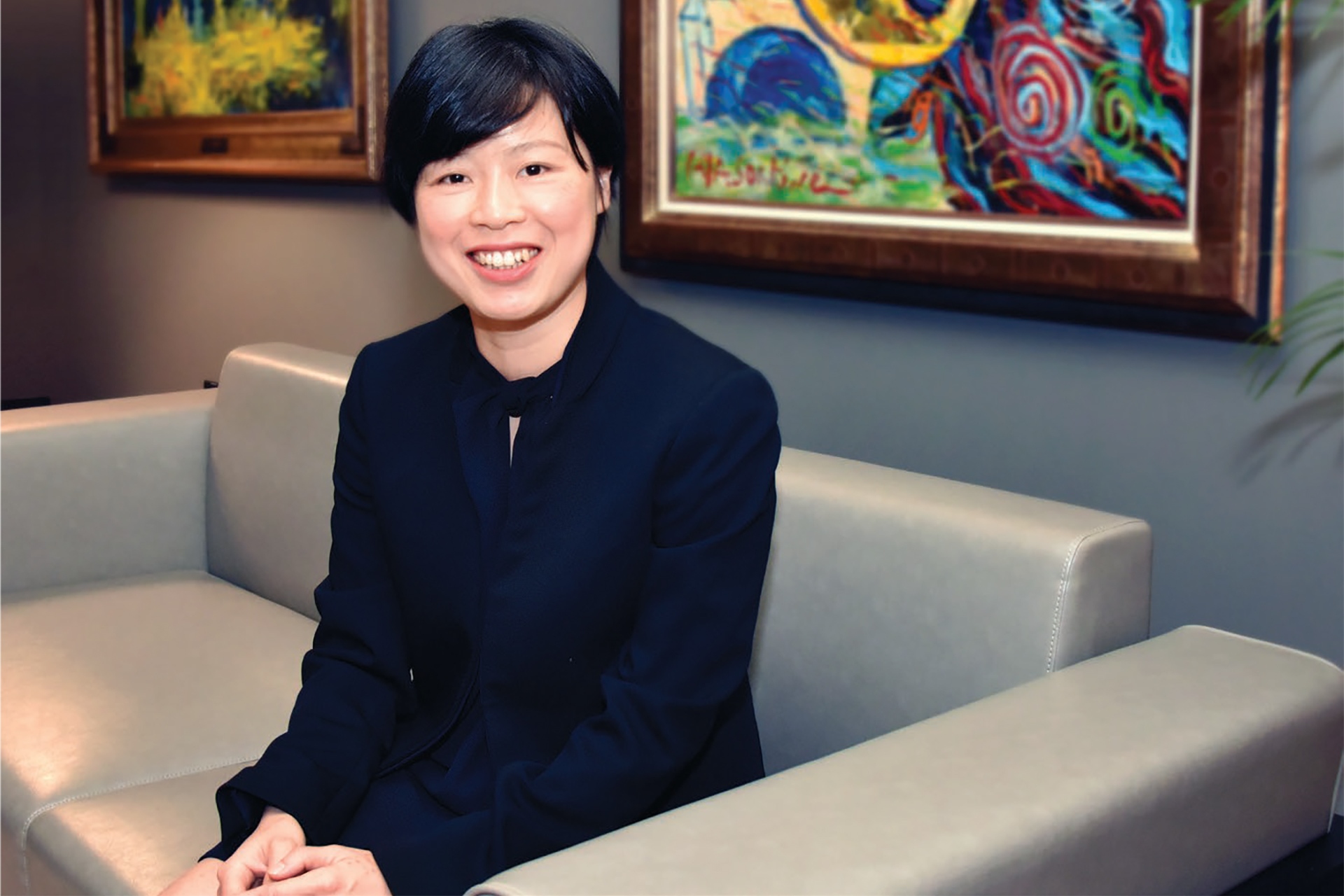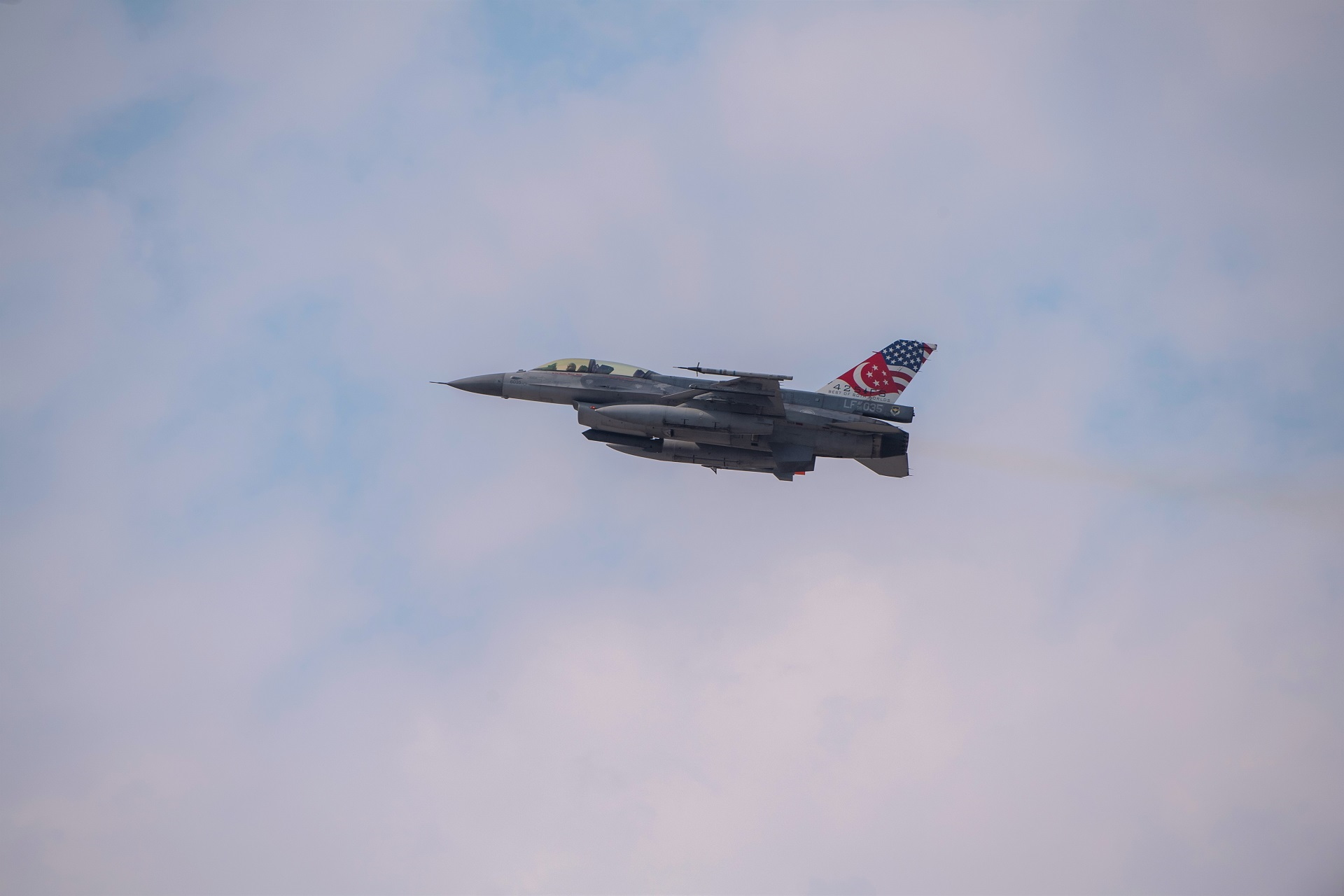SAF trialling autonomous vehicles for logistics and personnel transport in camps
Fast and convenient driverless shuttles are on trial in some SAF camps to transport logistical supplies and personnel.// Report by Teo Jing Ting
// Photos by Chai Sian Liang
The Singapore Armed Forces (SAF) is trialling the use of autonomous platforms to transport logistical supplies and personnel in military camps. Autonomous Vehicle (AV) trials have been ongoing at Kranji Camps II and III, as well as Paya Lebar Air Base, since April this year.
The Singapore Army and the Republic of Singapore Air Force (RSAF) are collaborating with the Defence Science and Technology Agency (DSTA) to leverage commercial off-the-shelf AV technologies to develop them for peacetime logistics and transportation operations.
Under the pilot trial, the AVs perform scheduled ferry services along pre-programmed routes and on-demand ferry services at designated stops within the military compounds. This is coupled to a mobile application which gives users a convenient way to access the AVs and get to various locations within the camps.
The system is automated, and no manpower is required to operate the AVs. It is a greener form of transport. Being fully electric and powered by rechargeable batteries, they do not release any carbon emissions.
Tech-ing safety seriously
The AVs are equipped with a suite of safety features, including onboard sensors for obstacle detection, emergency stop buttons and locking mechanisms to secure logistical loads.
DSTA's Senior Programme Manager (Land Systems) Collin Chng explained that each AV is surrounded with eight Light Detection and Ranging (LIDAR) Sensors that allows it to detect potential obstacles in its vicinity.
Coupled with a real-time kinematic navigation using the Global Navigation Satellite System, this reduces the deviation error of the AVs to within centimetres, ensuring that the vehicles keep to pre-programmed lanes.
During the one-year trial period, a safety operator will be on board at all times. When the AV senses an obstacle, it sounds a warning bell and automatically reduces its speed. It will proceed on its way only when the obstacle has moved away.
"Each AV also has inbuilt emergency-stop buttons within the cabin, as well as a wider controller that is integrated to the shuttle to allow manual override of the autonomous function at any point of time," said Mr Chng.
In addition, the Autonomous Vehicle Management System provides close oversight of the AV fleet's status and the locations of all AVs for real-time monitoring and management. For better efficiency, the system uses route optimisation and planning algorithms to boost service availability.
Saving time, increasing efficiency
Currently in the first phase of its trial, the AV is only being used to transport logistical loads. It is also travelling at slower speeds and is mostly being utilised during off-peak hours for camp users to familiarise themselves with the vehicle's function and behaviour.
Come June, phase two will kick in and military personnel will be able to board the AV to get to various places within camps. It will also run at a higher speed and is able to ferry up to 10 passengers, including the safety operator.
Initial trials within Kranji Camp have been promising. Military Expert (ME) 6 Jason Sim, Head Systems Development from HQ Transport, explained: "For example, the units within Kranji Camp III will be able to move their equipment to the training grounds in Camp II. They will be able to do by scheduling on-demand vehicle services, and this will help to reduce downtime."
He added that this also frees up the manpower required for administrative runs, allowing them to be better deployed for ops and training support. A mobile app will also be developed so that personnel can call for ad-hoc services.
In phase two, personnel will be able to use the AV to move within Kranji Camp II and III. They will be able to enter from the entrance of the camp, get to designated stops on a fixed-route shuttle between the two camps, as well as to the medical centre located in Kranji Camp II.
The one-year period for AV trials is crucial for the SAF. It will provide an insight on the operations and limitations of the vehicle, and is also essential to assess its safety, security and maintenance requirements, said ME6 Sim.
"The trial will also give us the insights to develop the policies required to govern the (broader) use of AVs within SAF camps and bases."
Smart infrastructure for the RSAF
The trial of AVs in Paya Lebar Air Base is also progressing well. As the airbase is large, ferry services and logistics delivery within the compound can take up to an hour. With the AVs, transport operators can be relieved to concentrate on other operational roles.
The RSAF is also looking at testing an additional Vehicle-to-Infrastructure (V2I) system at selected road junctions in its airbase.
As the AVs approach the road junctions, signals will be transmitted to the V2I-equipped traffic lights to prioritise traffic flow for the AVs, enhancing the safety of passengers and other road users.
Explaining that the need for the V2I system, Head of Airbase Operability Systems from Air Plans Department ME5 Mario Xie said: "The airbase has networks involving the movement of personnel, vehicles and aircraft.
"That's where the V2I can help the AVs to manoeuvre with a higher awareness of other road users within an airbase environment." The trial of the V2I system will take another two years on top of the current year-long trial of the AVs.
Moving ship spares, autonomously
Over at the Republic of Singapore Navy, plans with DSTA are being developed to trial the usage of an Autonomous Load Transporter (ALT). This system will facilitate the movement of spare parts between the ship's crew, the naval warehouse and workshop.
The trial at Changi Naval Base will help to validate the technology enablers required for the ALT to operate within the complicated outdoor compound of the naval base, which consists of long and sparse open stretches interspersed with large bodies of water.
This is how the project managers envision the system will function: after a ship crew member raises a request for ship spares on a mobile application, the order will be picked from the warehouse and packed for delivery in a storage box.
The ALT then picks up the storage box from the warehouse and delivers it to the wharf. Once delivered, the mobile application will notify the ship crew to pick up their ship spares.
It is expected to reduce manpower requirements for the transfer of spares and minimise waiting time as the spares are delivered and returned. Trials of the ALT will begin early next year.
